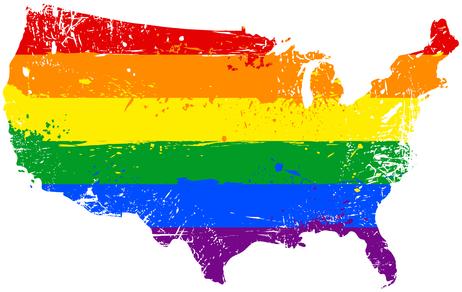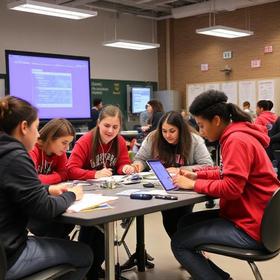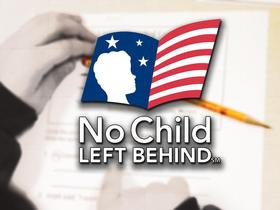Homeschooling allows parents the freedom to instruct their children at home; however, sometimes, finding good lesson plans, ideas, and resources can be challenging. Check out these helpful sites to collect ideas and information about developing effective lesson plans for your children!
General Information on Lesson Plans
- BBC Schools provides a variety of educational materials that parents can adapt to use in their home school classroom. Lesson plans are included in this exceptional resource.
- Considering Methods and Styles of Homeschooling provides parents with information about how to determine their child's learning style. Understanding your child's learning style will help parents create effective and meaningful lesson plans.
- Free Homeschool Curriculum helps parents understand different types of free curricula, as well as how to assess if they should use the curriculum with their children. This is a helpful article for parents who are new to homeschooling.
- Homeschool Weekly Lesson Planner, a resource provided by Donna Young, provides homeschooling parents with printable templates for creating lesson plans.
- Free Homeschool Curriculum is an article that will help parents determine if a free curriculum is appropriate and valuable to use when homeschooling their children.
- What is a Lesson Plan?, an article from Let's Homeschool, provides parents with an understanding of what a lesson plan is and how to assess if a lesson plan is effective.
Grade School
- Dig In!, a lesson from BBC Schools, provides parents with a number of resources for teaching their children about farming





















